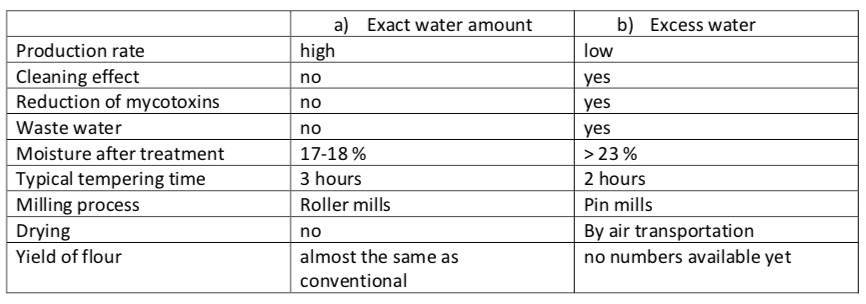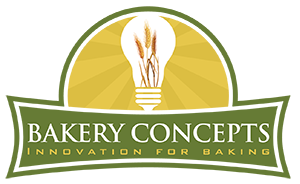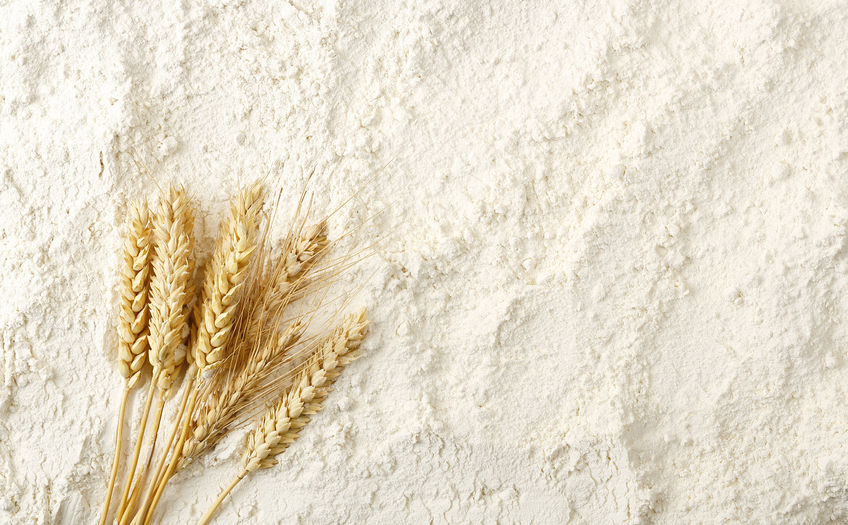Now it is possible! And this is how. Arguably the most important step in milling grain into flour is tempering. It provides the correct moisture level so the components (bran, endosperm and germ) can be efficiently separated, allowing for the most flour to be extracted. It also takes a long time, anywhere between 8 to 26 hours. Yet, thanks to breakthroughs in baking technology, millers can now reduce this time-consuming step by at least 85%!
Why does tempering take so long?
To improve the tempering process, you have to start with how it works. In a normal milling process for wheat, the main focus is the separation of the flour containing endosperm from the outer layers and the germ.
To achieve this with minimum waste and maximum yield, the components of wheat must have the appropriate properties to support this separation. For the outer layers (bran), this means they must be flexible like rubber so they don’t break up into small pieces during milling and remain as intact as possible. The endosperm must be mellow.
To reach these properties, water must be added to the grain, distributed evenly and then given time to rest. This process, called tempering, normally takes a significant amount of time, typically 14 to 20 hours. The reason is the layers of bran present a strong hurdle against water penetration. The water slowly enters at the germ and then is distributed mainly by capillary forces between the bran and the endosperm. From there, water goes both ways towards the endosperm and the bran.
Typically, the final moisture of wheat is increased from 10% to 17%. This is the optimum level required for roller mill milling.
Here’s one way to achieve proper grain hydration faster
Based on this information, hydration of grain is the key to tempering. So what if there was a way to amp up the hydration process? High pressure treatment of wheat via the patented Rapidojet technology does just that. This equipment shoots the grain with a high pressure stream of water, hydrating and washing it, both at the same time!
The moisture level reaches 17-23% in just two to three hours!
This can be done in two different ways:
- Addition of the required water in the exact amount.
- Washing of wheat with excess water.
The following table compares the two ways of operation:

When excess water is used, the overall moisture must be reduced to achieve a stable product (water activity). In a pin mill this is done as a side effect of the air blowing during transportation.
It is assumed that through the high impact of water on the bran surface, water finds new pathways through micro-cracks to enter the grain. The speed of the water droplets is as high as 250 to 500 km/h. This overcomes the natural surface tension barrier when the surface of the crop is impacted.
When excess water is used, the surface is thoroughly cleaned as the pictures show. While this is an appreciated effect, the moisture level exceeds the normal range of 18% moisture. Therefore the milling process must be adapted. Pin milling is the most promising milling method because of its simple overall setup and the drying through air blowing on the go.
Changing the milling industry
The Rapidojet technology will completely revolutionize tempering wheat. With this equipment, optimal hydration levels are reached in a fraction of the standard time.
Sound too good to be true? Send me here and let’s talk about it!

